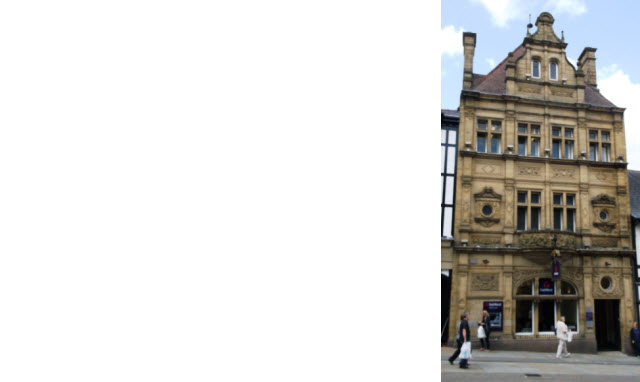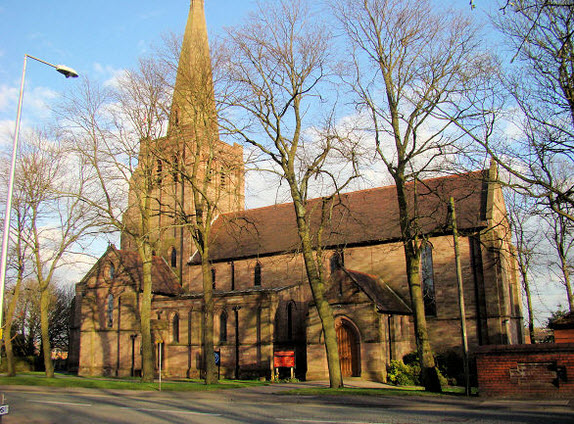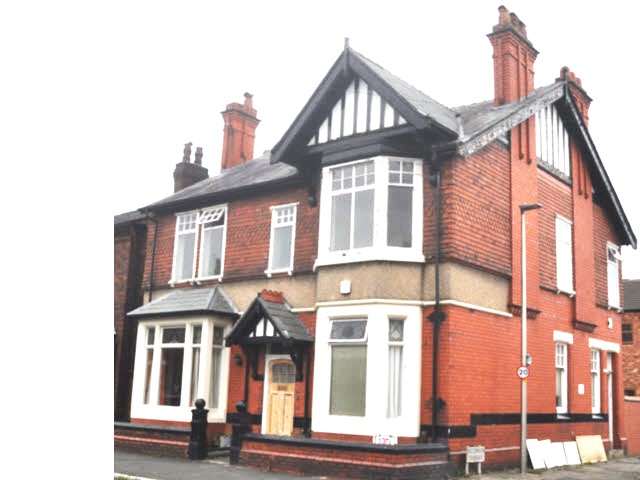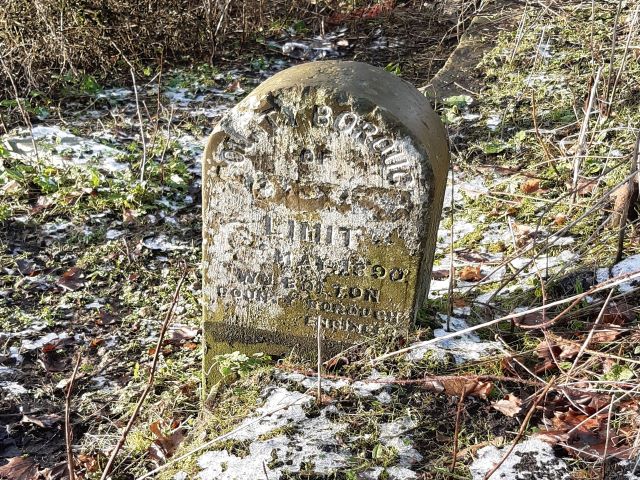Nat West Bank
2 - 4 Standishgate, Wigan
Description
Bank. 1898, by William Owen for Parrs Bank
Built as a branch of Parr’s Bank, it has a flamboyant French Renaissance (Loire) style with rich carvings in coal measures sandstone. Also of note are the hanging sign and classical features inside. From 1792 Thomas Woodcock, Sons and Eckersley were bankers here until they amalgamated with Parr’s Bank Limited in 1874. In 1847 it was known as Wigan Bank.
William Owen - Architect
William Owen, FRIBA (1846-1910) was born in Latchford, Warrington, Cheshire, and trained as an architect under John Lowe of Manchester, becoming his assistant, and later, for a few years, assistant to another Manchester architect, James Redford (c.1836-1911). He travelled in Europe, taking in Belgium and Holland as well as France and Switzerland. An accomplished draughtsman he also received training from the Bolton artist Selim Rothwell. In 1869 he commenced independent practice in Warrington where he developed a successful practice undertaking domestic industrial and commercial buildings. He carried out work at Lever Brothers Warrington factory and became a close friend of W H Lever, accompanying him in his search for a site for his proposed new factory and model village on the banks of the Mersey. Owen was the first architect employed at Port Sunlight and was closely involved in its early development. In 1896 he took the elder of his two architect sons, Segar Owen, (1874-1929) into partnership.
Their partnership was still based in Warrington but continued to include significant works for Lever Brothers at Port Sunlight. Works at Warrington included St Barnabas Church (Bank Quay, 1879), the School of Art (Museum Street, 1883), Parr Hall, an important concert and theatre hall (Palmyra Square South, 1895), St Clement's Chapel and mission buildings (Bank Street, 1897, since demolished) and Warrington Technical School (Palmyra Square South, 1900-02).
William Owen died suddenly at Warrington in 1910, the practice being continued by Segar Owen and subsequently Geoffrey Owen under the same name.
Source: Manchester Victorian Architects




